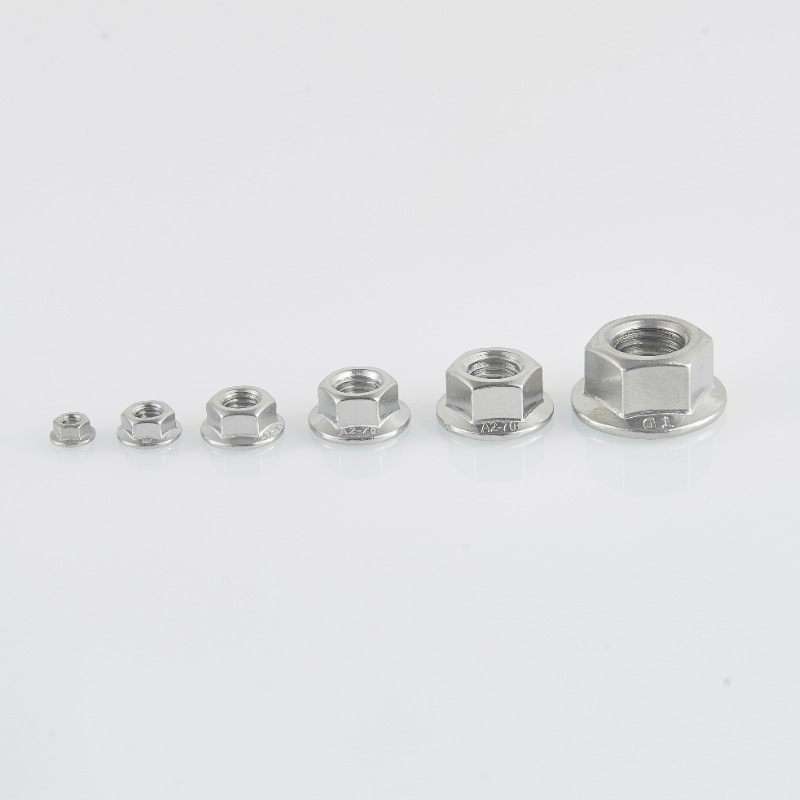

self drilling and self tapping screws
Sep . 10, 2024 18:35 Back to list
self drilling and self tapping screws
Understanding Self-Drilling and Self-Tapping Screws
In the world of construction and manufacturing, fastening systems play a crucial role in ensuring the integrity and durability of structures and products. Among the various types of fasteners available, self-drilling and self-tapping screws are particularly notable for their efficiency and ease of use. While they may sound similar, these screws have distinct characteristics that make them suitable for different applications.
Self-Drilling Screws
Self-drilling screws are designed to drill their own pilot hole as they are driven into the material. This unique capability is primarily due to the drill bit-like point at the tip of the screw, which makes them ideal for attaching materials without the need for pre-drilling. Typically made from carbon steel or stainless steel, self-drilling screws are commonly used in metalworking, wood construction, and various applications where speed and efficiency are paramount.
One of the standout advantages of self-drilling screws is their ability to simplify the assembly process. By eliminating the need for separate drilling, they significantly reduce labor time and costs. Additionally, they are ideal for use in hard materials, such as metal roofing and framework, where traditional screws may struggle to penetrate without prior preparation. Moreover, their design minimizes the risk of splitting or cracking in wooden materials, making them versatile in both DIY projects and professional applications.
self drilling and self tapping screws

Self-Tapping Screws
On the other hand, self-tapping screws are designed to create their own thread as they are inserted into the material. Unlike self-drilling screws, they do not have a drill bit point; instead, they feature sharp threads that can cut into the material as they are driven in. Self-tapping screws can be made from various materials and are particularly effective in softer substrates like plastics, wood, and some metals.
The importance of self-tapping screws is often seen in applications where frequent assembly and disassembly are required. For instance, in the electronics industry, self-tapping screws are commonly used to mount components within devices, providing a secure hold while allowing for easy maintenance access. These screws are available in a variety of thread configurations and lengths, making them adaptable to diverse fastening needs.
Conclusion
In conclusion, both self-drilling and self-tapping screws offer unique advantages that cater to specific fastening requirements. Self-drilling screws excel in applications requiring speed and the ability to penetrate tough materials without pre-drilling, while self-tapping screws are favored in scenarios requiring thread creation in softer materials. Understanding the differences between these two types of screws is crucial for selecting the right fastener for any project. By utilizing the appropriate screws, builders and manufacturers can achieve secure, reliable connections that enhance the overall quality and longevity of their work. Thus, whether it's in construction, manufacturing, or home improvement, the choice of screw can significantly impact the success of the project.
Latest news
-
High-Strength Hot Dip Galvanized Bolts - Hebei Longze | Corrosion Resistance, Customization
NewsJul.30,2025
-
Hot Dip Galvanized Bolts-Hebei Longze|Corrosion Resistance&High Strength
NewsJul.30,2025
-
High-Strength Hot-Dip Galvanized Bolts-Hebei Longze|Corrosion Resistance&High Strength
NewsJul.30,2025
-
Hot Dip Galvanized Bolts-Hebei Longze|Corrosion Resistance&High Strength
NewsJul.30,2025
-
Hot Dip Galvanized Bolts - Hebei Longze | Corrosion Resistance, High Strength
NewsJul.30,2025
-
High-Strength Hot Dip Galvanized Bolts-Hebei Longze|Corrosion Resistance, Grade 8.8
NewsJul.30,2025

